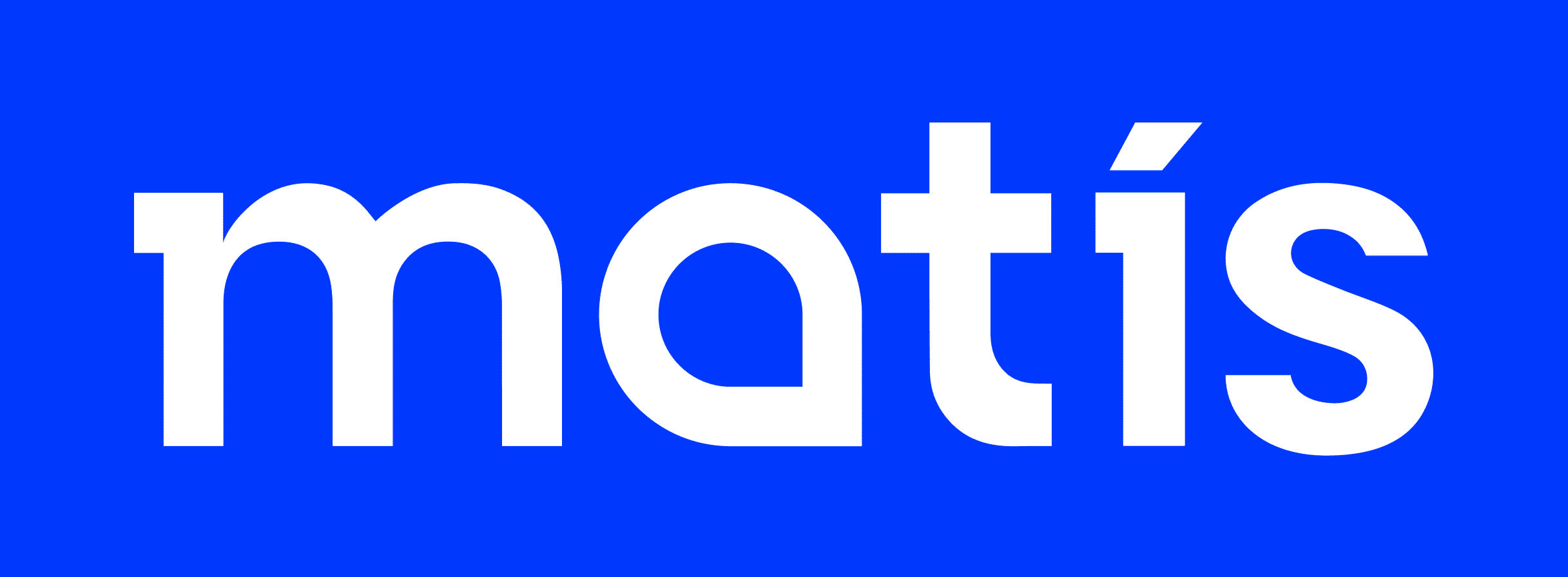Haldið var áfram að kanna fitusprengingu og áhrif hennar á bragðgæði lambakjöts á Íslandi. Þróaður var myndakvarði til að meta fitusprengingu í lambavöðvum og hann notaður við mat á um 500 kældum skrokkum frá þremur ræktunarbúum í sláturhúsum haustið 2023. Einnig voru tekin sýni af hryggvöðvum og innanvöðvafita mæld í þeim með NIR-mælingu. Tekin var saman skýrsla um hraðvirkar aðferðir við mælingar á innanvöðvafitu í lambavöðvum. Skynmat var gert á 52 sýnum af lambahryggvöðva til að kanna áhrif fituflokka (2–,2 og 3+ samkvæmt reglum Evrópusambandsins) og kyns á bragð, lykt og áferð.
Erfitt var vegna lítillar fitusprengingar að nota myndakvarða til að meta fitusprengingu í hryggvöðvum lamba. Fylgni á milli sjónmats og NIR mælinga var of lítil til að hægt sé að nota sjónmatið með áreiðanlegum hætti. Aðhvarfslíking var þróuð fyrir NIR mælingu sem mældi fitu með sæmilegri nákvæmni. Í sumum tilfellum en ekki öllum var munur á milli hrútlamba og gimbrarlamba í fitu í hryggvöðva. Meðalfita í hryggvöðva lamba eftir bæjum var 2,0%, 2,3% og 3.0%. Fita í hryggvöðva var á bilinu 0,4 – 8,0 % þ.e. töluverður breytileiki og hærri gildi en í fyrri mælingum. Munur á innanvöðvafitu á milli gimbrarlamda og hrútlamba var enginn á einu búi (2,01% og 1,99%) og seinni slátrun á öðru búi ( 3,11% á móti 3,07%) en töluverður á tveimur búum ( 2,94% á móti 1,99% og 2,90% á móti 2,10%).
Hryggvöðvar lamba úr fituflokki 3+ höfðu tilhneigingu til að vera örlítið mýkri, safaríkari og meyrari en kjöt af lömbum úr fituflokkum 2 og ‑2. Niðurstaðan var ekki eins afgerandi niðurstaða og í svipaðri tilraun sem gerð var árið 2022. Kjöt af hrútlömbum hafði meiri fitulykt og þyngri lykt, og hafði einnig tilhneigingu til að hafa meiri súra lykt, meira fitu- og lifrarbragð, og vera þurrara en kjöt af gimbrarlömbum.
Upplýsingar um fitusprengingu í íslensku lambakjöti eru enn of takmarkaðar til að fá svör við því hvort taka eigi fitusprengingu inn í kynbótamarkmið. Ávinningur verkefnisins er fyrst og fremst reynsla, þekking og upplýsingar sem nýtast við frekari rannsóknir varðandi ræktunarstarf, vinnslu lambaskrokka og markaðssetningu lambakjöts.
_____
Four-point visual grading scale was used to evaluate marbling in loin muscles (m.l. dorsi) in chilled carcases of 500 lambs from three breeding farms. Correlation with NIR analyses of intramuscular fat was low. More training and development of NIR methodology is needed for future research and breeding for higher intramuscular fat. Analysed intramuscular fat was between 0,4 and 8% and the average for the three farms was 2,0%, 2,3% and 3% respectively with great variation within each group. So, there may be a potential for genetic selection for higher intramuscular fat.
The influence of EUROP carcass fat grade (2–, 2 and 3+) of slaughter lambs on eating quality of loin muscles (m l.dorsi) was studied. Samples of loin muscles of carcases of ewe and ram lambs were evaluated using descriptive sensory analysis to determine eating quality. No differences in eating quality attributes between fat grades were observed but meat from grade 3+ had the tendency to be a little juicier, softer and more tender.
The first aim of the project was to gather information and develop methodology and gain experience to be able to the answer if intramuscular fat should be a breeding goal to improve eating quality of Icelandic lamb meat. That is too early to say. Much more work needs to be done, and information are still too limited to say so.
Meat from ram lambs had stronger odour (fatty and heavy) the meat from ewe lambs. No gender differences in intramuscular fat were observed in between ewe lambs and ram lambs (2,01% vs 1,99%) from two farms (2,01% versus1,99% 3,11% versus 3,07%) while a difference was observed at two farms ( 2,94% versus 1,99% and 2,90% versus 2,10%).
The second aim was to determine if by implementing subgroups of fat grades of carcases the meat could be more separated into quality groups for processing and marketing purposes. About 85% of the lamb carcases produced in Iceland are within main fat groups 2 and 3. Subgroup 3+ might be 15% of the total production. Meat from that group had tendency to be juicier and more tender supporting results from the year 2022.

